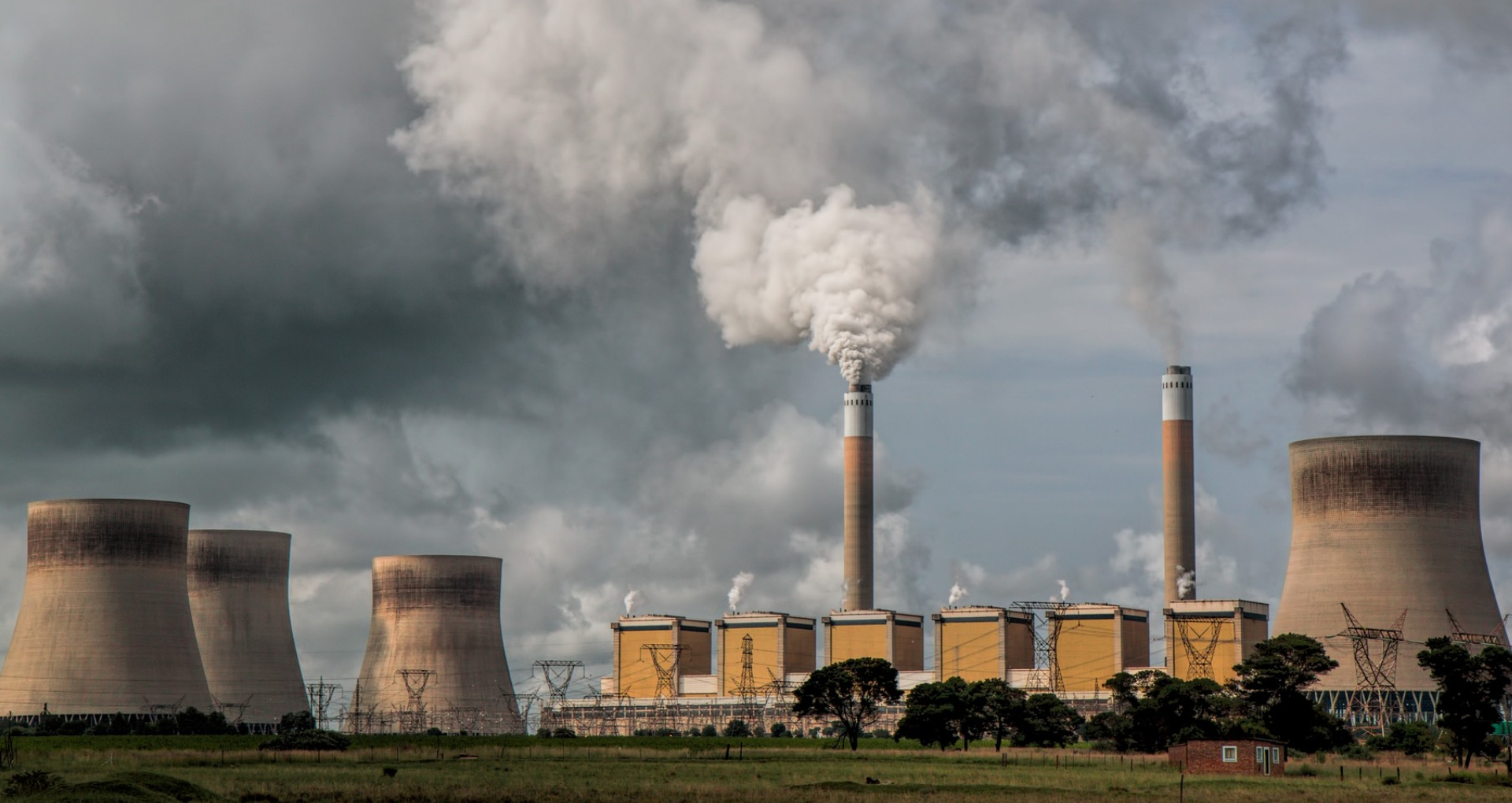- The World Bank is giving South Africa $497 million to fund the project of decommissioning and repurposing Eskom’s ailing Komati Power Station.
- The 61-year-old plant in Mpumalanga is set to be repurposed for renewable energy generation in part of South Africa’s plans to retire its oldest coal-fired power stations before 2030.
- The World Bank says the project will serve as a “reference” for South Africa and the rest of the world in terms of moving away from fossil fuel generation.
Earlier this week, Eskom announced that it was retiring its 61-year-old Komati power station in Mpumalanga.
The remaining infrastructure of the coal-powered station is set to be repurposed and converted to a new renewable energy generating site. The converted Komati will reportedly be able to generate 150MW of solar, and 70MW of wind. A further 150MW is set to be added to the country’s grid through storage batteries.
Under the monicker of the Komati Repowering and Repurposing project, the initiative is also expected to create 430 permanent jobs and 7 700 temporary jobs by 2030.
According to Eskom, the decommissioning, repowering and repurposing of the Komati power station is set to be the largest of this type of project in the world.
A kind of project that would cost a pretty penny, and now it seems that the World Bank Group is footing the bill, according to SA News.
Today, the international financing institution says it has approved South Africa’s request for $497 million to fund the Komati decommissioning and repurposing project.
“This is in line with the government’s efforts to transition the country toward a low-carbon development path with reliable, affordable, and sustainable energy for all,” said the World Bank about the project.
The Bank adds that the project serves as a reference on how to transition from fossil-fuel energy generation assets towards renewable energy initiatives in the future in South Africa and the rest of the world.
“Reducing greenhouse gas emissions is a difficult challenge worldwide, and particularly in South Africa given the high carbon intensity of the energy sector,” said World Bank Group president David Malpass.
“Closing the Komati plant this week is a good first step toward low carbon development. We are cognisant of the social challenges of the transition, and we are partnering with the government, civil society, and unions to create economic opportunities for affected workers and communities.”
The project will provide the local community and existing Eskom employees with upskilling and training through the Komati Training Facility. Other learning experiences will be available through the project, through a cycle of, “piloting, monitoring, assessing, documenting and information sharing.”
Bottomline, the World Bank wants to help South Africa with its climate change footprint which is why it is making the investment. The power sector is a major contributor to greenhouse gas problems in the country, accounting for around 41 percent of its CO2 emissions.
South Africa Minister of Public Enterprises, Pravin Gordhan, added that this initiative marks the first step towards the country’s green energy transition.
“It is part of implementing the country’s Integrated Resource Plan 2019 to gradually retire 12GW of our old and inefficient coal-fired power fleet by 2030 and to scale up private sector-led renewables of 18 GW during the same period,” said Gordhan.
[Image – Pixabay]

